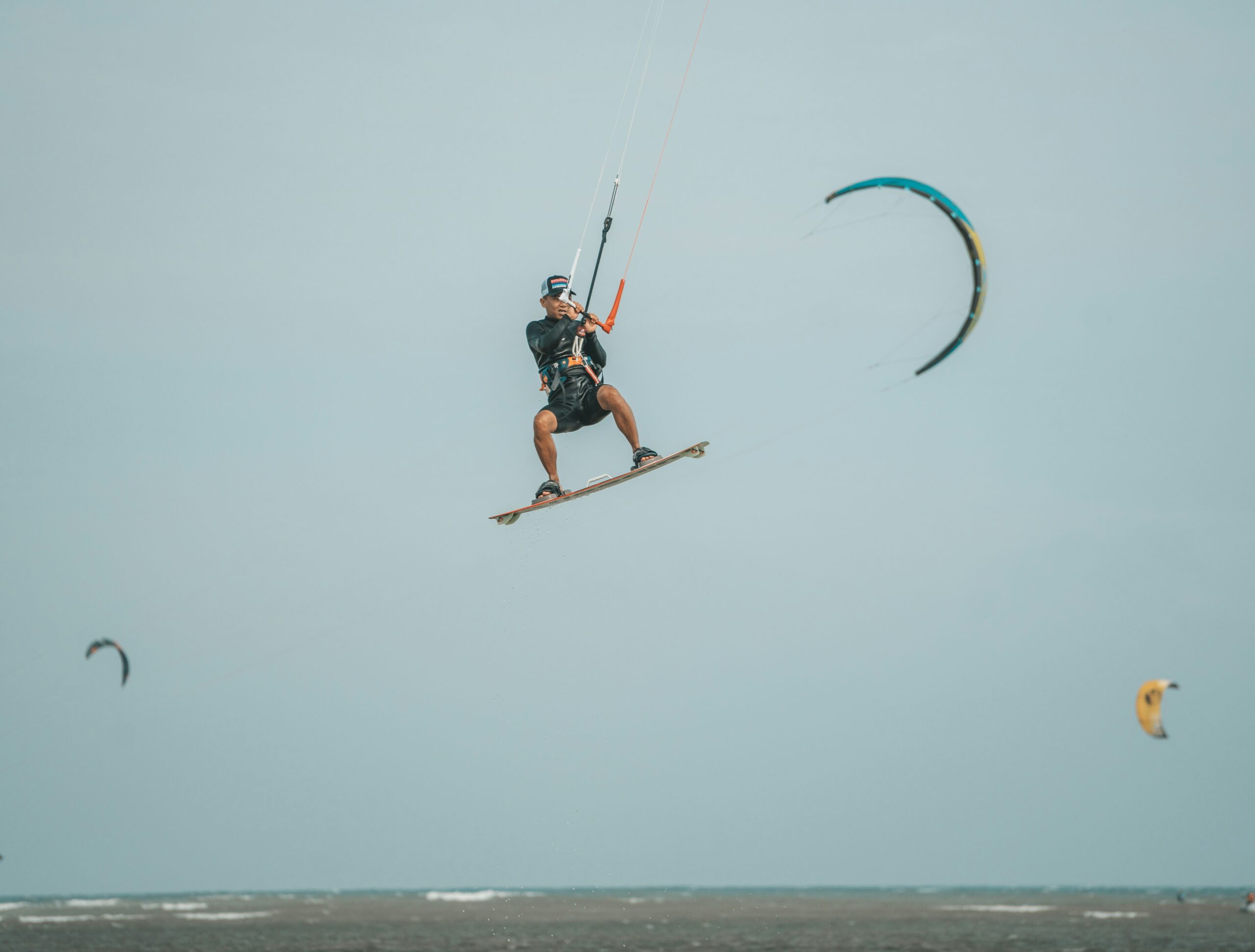
Kitesurfing combines wind, water, and adrenaline into one thrilling adventure. For athletes with limb loss, this challenge once seemed out of reach. Today, advanced prosthetic technology has transformed that story. Adaptive athletes now ride waves with power and confidence, proving that limits exist only in the mind. Prosthetics not only restore mobility but also unlock opportunities in adventure sports.
The Rise of Adaptive Kitesurfing
Over the past decade, adaptive sports have gained momentum worldwide. Kitesurfing, once considered inaccessible to individuals with limb loss, now welcomes athletes of all abilities. With community support and advancements in prosthetic technology, participation continues to increase.
Specialized training camps, mentorship programs, and international competitions now spotlight adaptive kitesurfing. These events showcase not only skill but also resilience. They prove that human determination thrives regardless of physical barriers.
How Prosthetics Empower Kitesurfers
Modern prosthetics go beyond restoring mobility. They enhance performance, giving adaptive athletes tools to excel in extreme sports. For kitesurfers, these devices provide durability, flexibility, and agility in demanding water conditions.
Waterproof and Durable Designs
Kitesurfing gear must resist saltwater, sand, and impact. Waterproof prosthetic legs and reinforced sockets allow athletes to surf without worrying about corrosion or wear.
Enhanced Grip and Control
Custom footplates and adjustable ankle joints mimic natural movement. This improves board grip and balance, enabling smoother transitions and safer landings.
Lightweight Materials for Agility
Carbon fiber and titanium keep prosthetics both strong and light. Athletes conserve energy and maintain endurance during long kitesurfing sessions.
Personalized Fit for Comfort
Adaptive sockets are tailored for comfort, even in wet conditions. Proper alignment reduces strain, allowing athletes to move with greater freedom.
Training for Success with Prosthetics
Mastering kitesurfing with prosthetics requires patience and persistence. The process involves building strength, learning adaptive techniques, and training under the guidance of experts.
Balance and Core Strength
Strong core muscles help stabilize movement on the board. Athletes train with yoga, balance boards, and resistance exercises to improve coordination.
Land-Based Drills Before Water Training
Beginners often practice kite handling and stance on land. This allows them to focus on technique before facing waves.
Specialized Coaching for Adaptive Athletes
Certified adaptive kitesurfing instructors create safe and supportive learning environments. They tailor lessons to individual prosthetic setups, ensuring steady progress.
Gradual Progression Builds Confidence
Starting with gentle winds and calm waters, athletes slowly advance to jumps, tricks, and speed riding. This gradual approach builds both skill and confidence.
Overcoming Challenges in Adaptive Kitesurfing
Like all athletes, individuals with prosthetic devices face obstacles. However, adaptive kitesurfers often encounter unique challenges:
- Socket discomfort resulting from prolonged exposure to saltwater.
- Difficulty adjusting to uneven or moving board surfaces.
- Limited prosthetic options are designed specifically for aquatic sports.
Innovations address these hurdles. Quick-drain sockets, modular components, and breathable liners reduce discomfort. Some companies now design prosthetics exclusively for water sports, making kitesurfing more accessible.
Inspiring Stories of Adaptive Kitesurfing Champions
Across the globe, adaptive athletes are inspired by pushing boundaries.
- Brazilian athlete Felipe lost his leg in an accident but refused to give up his passion for the ocean. With a custom prosthetic leg, he now competes internationally and serves as a mentor to young athletes.
- American rider Sarah began kitesurfing after losing her leg in a car accident. She discovered not just freedom in the waves but also a community that welcomed her on her journey.
- European competitor Jonas uses a specialized prosthetic with enhanced grip for high-performance tricks. His story highlights how innovation fuels creativity in extreme sports.
These athletes prove that prosthetics do more than replace function—they enable greatness.
The Role of Community and Support
Kitesurfing thrives on connection, and adaptive athletes benefit from strong community support. Clubs, nonprofits, and coaching programs promote inclusivity. Many organizations provide scholarships and equipment for athletes in need.
Events like adaptive sports festivals and international competitions celebrate diversity. These gatherings not only foster skill development but also cultivate lasting friendships. The community ensures no athlete faces the journey alone.
Mental Strength in Adaptive Kitesurfing
Success in kitesurfing requires more than physical ability. Adaptive athletes develop mental toughness that drives them through setbacks.
Visualization techniques help them prepare for complex maneuvers. Mindfulness practices improve focus, while resilience training strengthens their mindset. These skills extend beyond the sport, empowering athletes in every aspect of life.
The Future of Prosthetics in Extreme Sports
The next generation of prosthetics will revolutionize adaptive kitesurfing. Smart sensors already measure pressure and movement in real time. AI-driven designs will soon adapt automatically to changing water conditions.
Energy-return systems improve propulsion, making jumps and tricks more dynamic. Waterproof electronics will enhance balance and control like never before. As these innovations emerge, adaptive athletes will push kitesurfing into new dimensions.
Why Adaptive Kitesurfing Matters
Adaptive kitesurfing is more than a sport. It is a movement that challenges stereotypes about people with disabilities. It shows the world that prosthetics are not limitations but tools for freedom.
Every session on the water sends a message: resilience, technology, and community can overcome any barrier. Adaptive kitesurfers inspire others to pursue passions without fear.
Kitesurfing with prosthetics is not just about riding waves—it is about rewriting the rules of possibility. Human spirit, backed by innovation, defies limitations. Each adaptive athlete who grabs a kite and boards the ocean proves that nothing can hold back determination.
The message is clear: prosthetics do not just restore lives—they help create extraordinary ones.